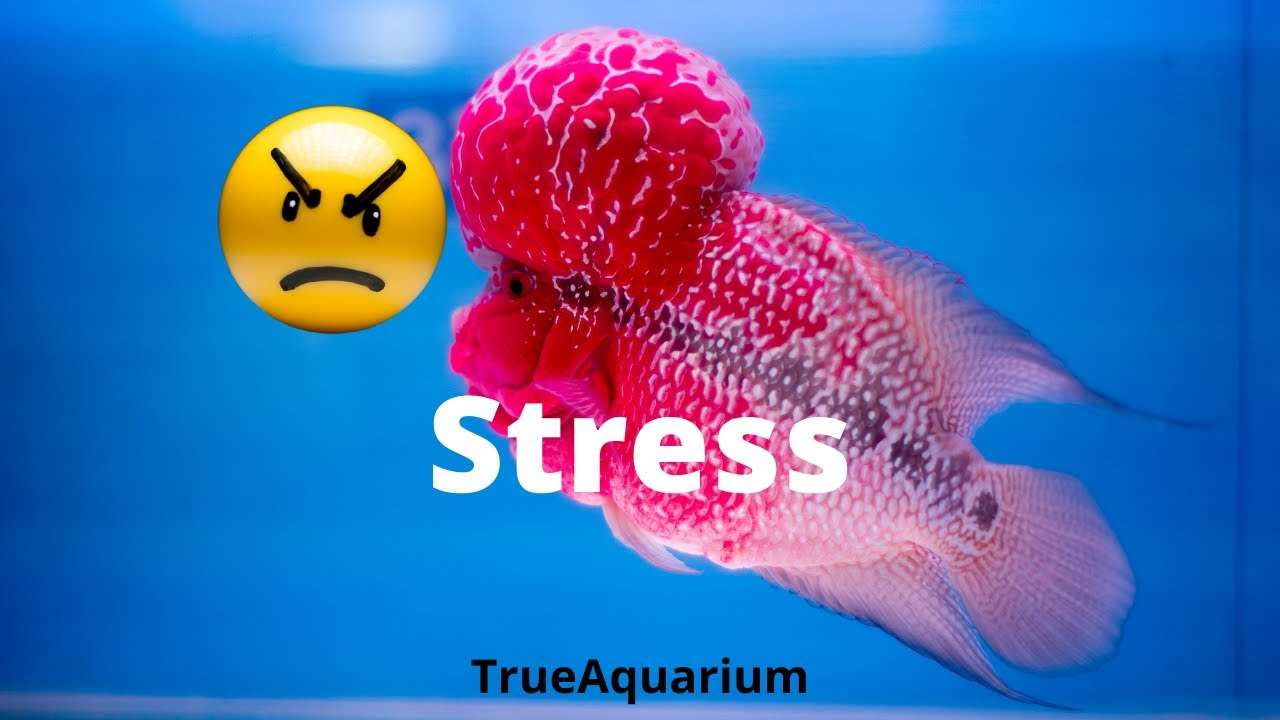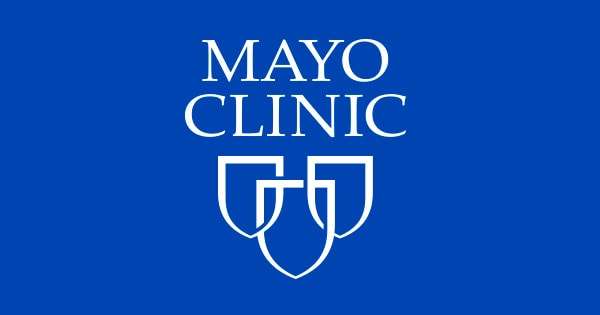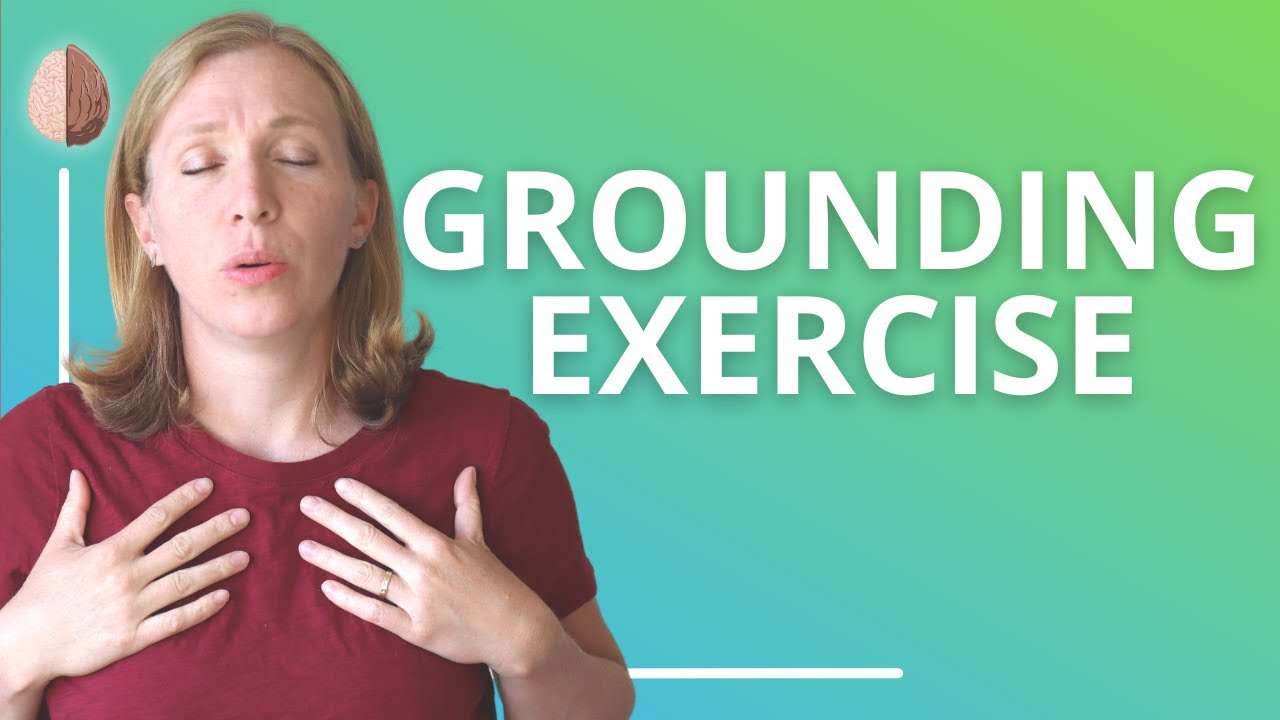What Does PDGM Mean for Therapists? 4/16/2021
by Keith Grunig
What does PDGM mean for therapists?
As PDGM was rolled out and explained, many were understandably concerned with therapy and PDGM. There was concern about job losses, reduced pay, reduced work, layoffs, bankruptcies, and everything in between.
After nearly a year, what are the results? What have we learned? What is it that we need to change? What have we done differently? Can we spread some care out?
Background
As in anything, context is essential to understand the whole picture and how we got to where we are. Under the old payment system, PPS, there were three components to determine reimbursement. Diagnosis Coding, OASIS, and Therapy Utilization. The combination of the three would determine reimbursement. Coding and OASIS were derived to develop an effective score to show through data the condition of the patient at the time of assessment. Therapy was then paid by the visit. To avoid LUPA there needed to be more than 4 and to stay under the radar, less than 20 therapy visits. Anything in between would not normally raise many questions. Naturally, many home health agencies and therapists would then provide as much therapy as possible in order to increase revenue for both the agency and therapist. This lead to therapy overutilization and in some cases fraud. OASIS and diagnosis coding suggested a patient that was otherwise healthy that didn’t need much therapy, or a patient that would not be able to meet goals but therapy was provided anyway- medical necessity came into question on the amount of therapy being provided.
PDGM
CMS recognized the potential issue of therapy overutilization and/or fraud with therapy as a component of reimbursement. Therefore, with PDGM therapy was removed as a component of the reimbursement calculation. Home Health Agencies now use a combination of diagnosis coding and OASIS data to determine the reimbursement rate. Other components used in the calculation is episode timing (early/late), referral source (institutional/community)- which institutional results in an automatic 10% increase in reimbursement. With all of this data together, a reimbursement amount is determined- independent of the amount of visits/therapy needed. PDGM is a value-based care calculation- which means that agencies are given a certain amount of money and then the agency uses that money to provide the care needed for that patient. Effectively, CMS is saying “Agency, you have $X to do whatever you need to do for the patient, but you’re not getting more than that, use it wisely.” PDGM hopefully hasn’t changed much for the patient. Hopefully the patient is still receiving what is needed to improve.
THERAPY IMPACT
How does this impact therapists? Well, agencies that were providing therapy based on the medical necessity and the need rather than a number to drive revenue probably aren’t noticing much difference. PDGM was designed to be budget neutral and our numbers are showing that agencies who are able to avoid LUPA threshold and get into the second 30-day episode are faring about the same as with PPS. Other agencies that were very therapy heavy are struggling. This forces agencies to use cost controls and control staffing costs. Can a therapy aide do a visit to observe rather than a PT? The intention is to deliver the same amount of care to achieve optimal outcomes, but do within a defined per patient budget.
Here is a great article about PDGM not being the death knell for therapy.
Why Home Health Payment Reform Isn’t A ‘Death Knell’ for Therapy Services
PDGM and Goals
One of the things we see often in documentation is therapy driven goals. What does the therapist want the patient to do? Those goals are often vague or irrelevant. Much has been said about having patient centric goals. Therapists and agencies would do well to listen to patients and develop goals together. For example, a recent stroke patient wants to be able to sleep in his or her own bed, which is upstairs. So the goals ought to be centered around that goal. Ascending stairs. Gait training. Descending stairs. These are goals that the patient wants to achieve, and can be measurable and justifiable. Therapists should end the evaluation with summary of clinical assessment. We need to show the why and medical necessity of therapy. Make sure summaries and narratives tie to OASIS and Plan of Care (485). Therapists can absolutely thrive. Our view is that they can achieve desired results with more efficient use of time and resources.
The PDGM is a shift away from volume-driven home health payment to a model that focuses on the unique characteristics, needs, and goals of each patient.
Medicare’s Patient-Driven Groupings Model is a patient-centered payment system that places home health periods of care into more meaningful payment categories while eliminating the use of therapy service thresholds for adjusting payment for home health episodes. The system also moves payment from a single 60-day episode to 30- day periods of care, still retaining the 60-day certification and plan of care requirements.
There are several myths about the PDGM. Claims that the need for therapy will be diminished, that only patients discharged from an institutional setting will receive therapy, that the PDGM doesn’t support maintenance therapy, and that services cannot be delivered after the first 30 days are false.
Similarly, rumors that therapy will be covered only when a patient is assigned a clinical grouping of musculoskeletal rehabilitation or neurological/stroke rehabilitation, that Medicare will dictate which providers are qualified to provide certain types of therapy, and that home health visits will be dictated by the Low Utilization Payment Adjustment (LUPA) claims system are all untrue.
Over the past few months, there have been dozens of anecdotal examples of home health agencies cutting back on therapy, whether that’s in the form of layoffs, visit reductions or converting full-time therapists to PRN status. In these examples, the Patient-Driven Groupings Model (PDGM) and Medicare reimbursement changes are often cited as the trigger.
Home Health Care News and Kaiser Health News were among the first outlets to highlight the shifting therapy strategies. Over the past week, Forbes and The Washington Post both entered the discussion as well.
For now, though, the true extent of PDGM’s impact on therapy services within home health care remains largely unknown. The anecdotal examples continue to roll into HHCN’s inbox — and therapy professionals continue to voice their concerns on Facebook, Twitter and even Reddit.
Advertisement
Findings from a recent survey conducted by HHCN in collaboration with Homecare Homebase begin to paint a clearer picture. The survey — compiled from December 2019 through January 2020 — includes responses from more than 500 professionals working in or alongside the in-home care space.
Of the providers who completed the survey, 52% said they saw PDGM forcing a decrease in therapy utilization.
Specifically, when asked how they expected PDGM to impact therapy utilization at their agency, 38% of respondents said they anticipated therapy utilization to decrease by more than 10% compared to historic baselines. Another 14% said they expected utilization to drop by less than 10%.
Advertisement
On the flipside, 5% of providers surveyed said they expected therapy utilization to increase at their agency under PDGM. Additionally, 14% said they expected it to remain the same.
Overall, 28% of surveyed providers said they still weren’t sure how their agency would ultimately handle the delivery of home health therapy services under PDGM.
The American Occupational Therapy Association (AOTA) and the American Physical Therapy Association (APTA) have both launched surveys of their own, with AOTA already receiving nearly 530 responses as of Feb. 3. So far, the AOTA survey has found that roughly one-third of respondents reported being laid off or seeing their hours reduced in some capacity.
“The majority of responses that we’re getting from occupational therapy practitioners is that their home health agencies are reducing the number of OT visits, and that those reductions appear to be mandated by the agencies,” Sharmila Sandhu, AOTA’s vice president of regulatory affairs, previously told HHCN. “Some of the responses are extremely concerning. For example, some have said their home health agency is not fulfilling physician orders to OT [services].”
Generally, the recent surveys reflect a similar one that the National Association for Home Care & Hospice (NAHC) released in June 2019.
Additional findings from the HHCN and Homecare Homebase survey are available here. HHCN plans to conduct a separate follow-up survey focused on therapy changes in coming months.
PDGM. It’s a dirty, four-letter word (acronym, actually) that all skilled home care agency owners hate to hear. The Patient-Driven Groupings Model (PDGM) launched January 1, 2020, to a tremendous amount of apprehension and protest from those in the home care world. Reimbursements were estimated to drop as much as 30%, and healthcare analysts predicted that as many as 25–30% of home care agencies may be forced to close due to their already-thin pre-PDGM margins.
PDGM was, without a doubt, the largest change in Medicare reimbursement for home care in more than 20 years. It completely overhauled the way home care agencies are reimbursed. In years past, agencies were paid based on visit utilization, and most visits were therapy-based. The more visits you provided, the more you were paid. Additionally, various utilization thresholds were established so that once an agency exceeded a certain number of visits, reimbursements would go even higher.
On January 1 of this year, Medicare said, “no longer”—and to be honest, as a businessperson, I didn’t blame them. The old system was broken and outdated. It rewarded overutilization and potential fraud, and it did not provide a good indicator of patient condition and past medical history.
PDGM pays agencies a monthly lump sum based on several factors.
With PDGM, all of the following factors influence reimbursement:
- admission source (i.e., hospital versus physician’s office),
- clinical grouping (i.e., diagnosis),
- level of functional impairment (e.g., low, medium, or high), and
- comorbidity severity (e.g., low, medium, or high).
To avoid boring you outpatient professionals to death, I’ll skip all the confusing math and get right to the point: Medicare puts a bunch of this info into its nerdy calculator and provides home care agency owners with one bulk payment.
With PDGM, remaining profitable is a delicate balance.
Medicare basically says, “Here’s your allowance for the month—spend it as you need, but you must see each patient for a minimum number of visits, or you will be penalized even further.” So, if you see a patient for too many visits, you end up paying your staff too much and blowing your allowance. But if you see the patient for too few visits in an attempt to save money, you end up incurring penalties and losing money on the case.
Faced with this dilemma, home care agency owners needed to act quickly. Specifically, they had to:
- dive into their finances to determine their average cost per visit;
- examine fixed and variable expenses (and trim the fat if possible); and
- seriously consider terminating some of their therapists.
But the veteran owners knew that wouldn’t be enough.
To combat the financial blow of PDGM, agencies looked to new revenue streams.
They also needed new revenue streams. I needed a new revenue stream. You see, I’m an entrepreneur by nature, and the proud owner of a small skilled home care agency in the state of Delaware. Due to our high orthopedic population, PDGM was poised to hit us just as hard as any other home care agency in the nation.
So, we acted. We had long discussed the feasibility of launching an outpatient division within our agency. Our therapists were all highly skilled former outpatient therapists who came to us to escape the fast-paced world of outpatient practice. My co-owner and I were outpatient/sports medicine veterans. Heck, I had even co-owned an outpatient clinic for five years.
Adding an outpatient division is a natural path forward for home care agencies.
At this point, our idea was more than just a way to diversify and boost revenue streams; it was a way to save our business. We held meetings with our administrative team members in early 2019 to strategize.
Could we perform outpatient Medicare Part B visits in-home? Well, when I helped establish the agency, I filed for both Medicare Part A and Part B credentialing—just in case. So, we were set there—no need to go through the agony of re-applying to Medicare. (If your agency has not completed the steps required to provide Part B services, then you’ll need to jump through that hoop before you move forward with an outpatient home care model.) We even double-checked with the state of Delaware to ensure we met all state guidelines for delivering outpatient therapy services.
Next, we thought about our other payers. Would they cover us for outpatient visits provided in the home? We reviewed all of our contracts and ensured that we would, in fact, be covered. For the few contracts that did not have outpatient visit allocation, we signed new agreements with little issue.
Generating Part B patients requires a different marketing mindset.
Now, it was time to think about how we’d go about obtaining Part B patients. How would we market this to our loyal referring surgeons and to the community at large? On paper, the plan was a slam-dunk. We would see patients acutely post-op for two weeks—just as we’ve always done—and then transition them to outpatient care in the home. No need for patients to risk falling or getting an infection due to leaving their homes and visiting outpatient clinics. Plus, patients would be able to stay with the same therapist(s) they had seen from day one—which meant they’d experience total continuity of care from post-op to discharge from outpatient. This was pretty much unheard of at the time. And in our case, that continuity was extra great for our patients, because we have been honored as a Strategic Healthcare Programs (SHP)
Top 5% Premier Performer for three consecutive years. This means we have finished in the top 5% in the nation for patient satisfaction three years running (humble brag!). And that’s all because of our team members; they are rock stars and our patients love them.
Speaking of our team members, another major question we had to answer was how this change would affect them. This was a huge source of concern, because our team members mean the world to us. We’re very close as a team. We have happy hours together. We go to “escape room” team-building events together. Heck, last year we had our first baby!
Fostering team buy-in is key to success with this new model.
To help alleviate team members’ worries, we had upfront and honest discussions during weekly in-person staff meetings (remember those?) about the hard and real financial ramifications of PDGM. Our therapists were seeing their peers from other agencies get terminated in preparation of having to reduce therapy utilization. Other therapists who weren’t being terminated were forced to take pay cuts.
We discussed how we would combat PDGM strategically with the patient’s best interest in mind. Everyone got on board 100%. There were no terminations—that was never an option for us. In fact, as 2020 progressed, we hired therapists.
After PDGM, COVID-19 dealt home care agencies a second blow.
By February, our agency was bursting at the seams with a growing Medicare Part A population, which subsequently fed our new outpatient division. Times were good. We could barely keep up with the growth. We were profiting ahead of our PDGM projections and were looking to add more clinical and non-clinical staff.
Then, COVID-19 hit.
Most of our Medicare Part A referrals went away immediately, because at least 80% of our referrals at the time were postoperative in nature. The non-operative Medicare Part A referrals dried up shortly thereafter. No one wanted to leave their home, let alone go to a potentially contaminated doctor’s office.
No one wanted to leave their home—period.
Home-based outpatient care has been a saving grace for agencies and patients alike.
So, they didn’t. Our existing outpatient patients stayed with us through the course of their outpatient therapy. Patients from nearby outpatient clinics cancelled their in-clinic therapy sessions and signed on with us so they could have therapy in the home.
That new outpatient division we started to help offset the financial impact of PDGM was carrying us through a global pandemic, and it continued to do so through June, when we had finally discharged most of our active patients—just in time for the governor to open up elective surgeries again.
So, here we sit in August: both divisions are busier than they’ve ever been, and we are starting to experience the same growing pains we were feeling in early March. Do we have all of the answers? No; in fact, we are restructuring our office team members to accommodate for the growth, and we just recently received clarification from Medicare and the APTA on the regulations that apply when using PTAs in the home.
We’re figuring it out, though, and I’d love to help any other skilled home care agency owner through this process. I mentioned earlier that I’m an entrepreneur by nature. I can’t help it—it’s how I’m wired. To help spread the word on everything I’ve learned through this process, I’ve launched my own consulting company to hopefully help advise other owners through the ins and outs of adding outpatient services to their organizations. It just may get you through PDGM’s financial cuts and the next global pandemic!
Dayne Conley is the co-founder of Summit Orthopaedic Home Care, LLC in Lewes, DE. Dayne founded Summit with his college suite mate when they noticed a lack of good orthopedic home care options for local surgeons. In the five years since its inception, Summit has garnered three consecutive SHP Patient Satisfaction Awards given for finishing in the top 5% of all home care agencies in the nation for customer service. Additionally, Summit has been awarded HomeCare Elite status each of the last two years and has grown into a multimillion dollar entity with a reputation for home care excellence throughout the state of Delaware.
In addition to his duties with Summit, Dayne recently started consulting with skilled home care agencies to assist with the launch of outpatient therapy services and overall agency operations. If you would like to discuss this opportunity with Dayne, he can be reached directly at [email protected].



